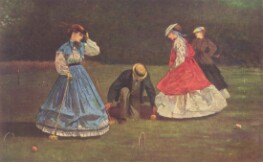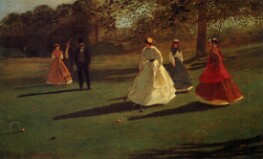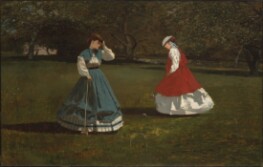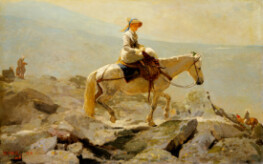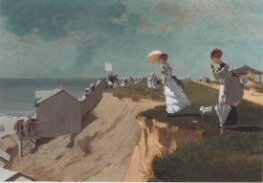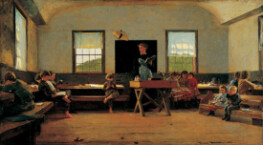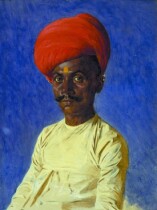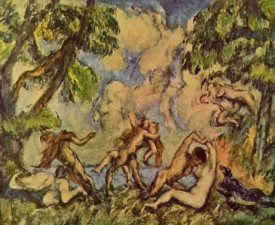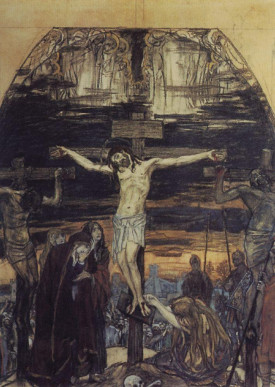Breezing Up (A Fair Wind)
Homer developed a penchant for forceful realism early in his career. Following an apprenticeship in a Boston lithography shop, he supported himself as a freelance illustrator, creating a wide variety of popular images that subsequently were published as wood engravings in national periodicals like Harper's Weekly. During the early 1860s, his themes ranged from the stylish seaside-resort life to the horrors of the battlefield. Following an extended trip to Europe in 1866–1867, Homer adopted a warmer palette, a looser brush technique, and an interest in painting outdoor scenes that owed much to the influence of contemporary French artists such as Courbet, Manet, and Monet.
Upon his return to the United States, Homer turned his attention to lively scenes of sports and recreation, painting warm and appealing images that perfectly suited the prevalent postwar nostalgia for a simpler, more innocent America. Breezing Up (A Fair Wind), painted during the country's centennial year, has become one of the best–known and most beloved artistic images of life in 19th–century America.
Exhibited to critical praise, Breezing Up (A Fair Wind) shows a working father and his three sons on a catboat in the afternoon. Similar to a modern-day snapshot, the fishing boat seems about to speed out of view, the top of its mast already cropped out of the painting. Contrasting the sense of determined movement of the small craft in the foreground, a large sailboat leisurely crosses in the far background. Like his earlier works, Homer realistically depicted the scene, without a touch of sentiment. The stern look on the father's face as he steers the small boat is contrasted by the youthful postures of his sons, lost in their own thoughts, not quite attuned to the pressures of the adult's world. Perhaps this subtle contrast helped make the work one of Homer's most-loved depictions.
This simple painting, which appears so quintessentially American in tone demonstrates the influence of his brief stay in France in the previous decade. The subject reflects concerns he shared with the Realist painters of France who similarly put the working figures in the immediate foreground of the composition. There is also a shift in Homer's gestural brushstrokes, which became increasingly confident after his trip to Paris, most notably in the sky and the sea. Finally, the compositional structure reveals a debt to the lessons of Japonism - the juxtaposition of extremely close-up objects against those in the deep background are seen from a slightly elevated position. In both style and subject, Breezing Up anticipates themes that will resurface and dominate his oeuvre after his second trip to Europe in 1881.
